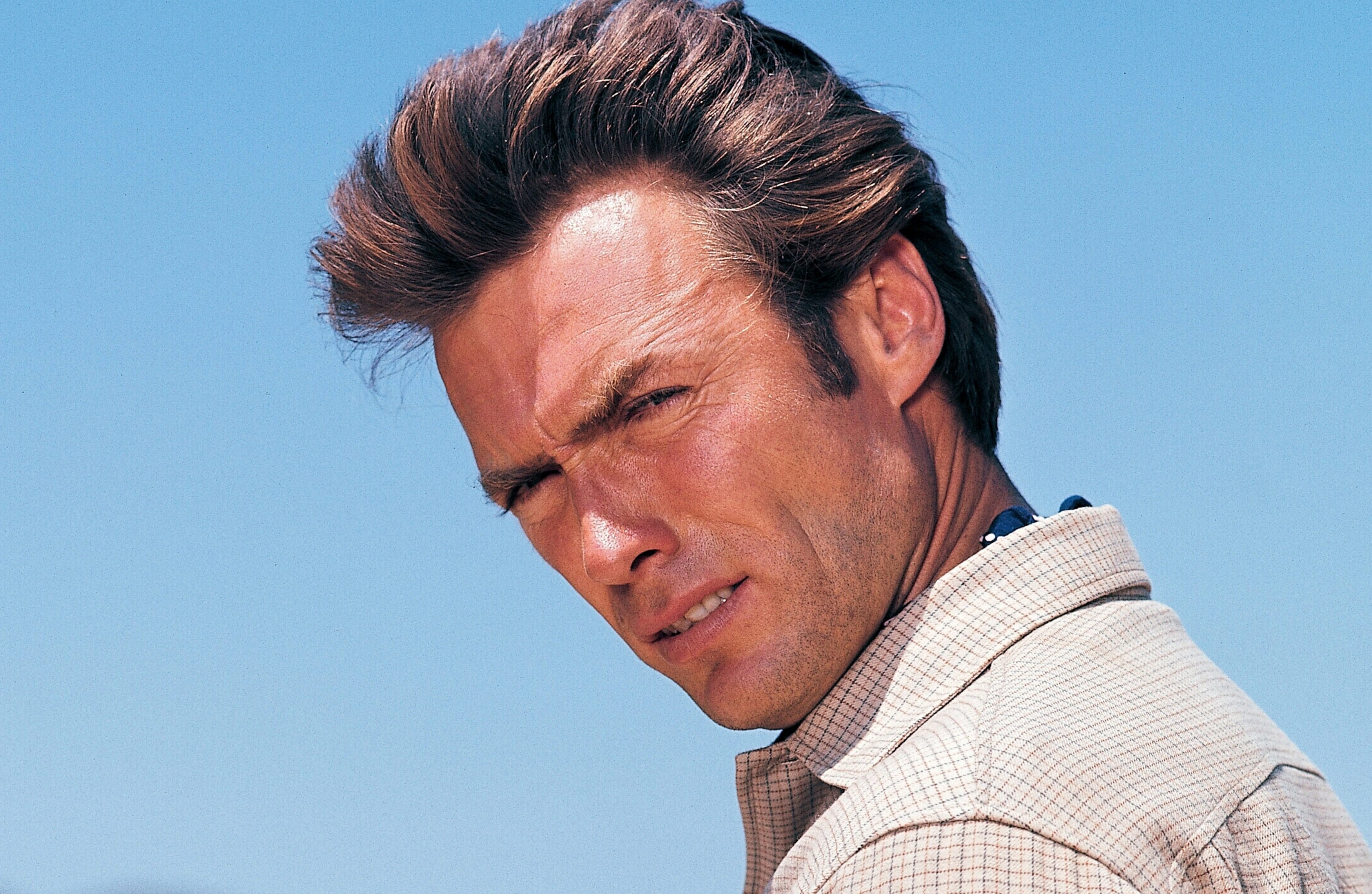Clint Eastwood’s Early Life and Career

Clint Eastwood, an American actor, director, and producer, was born on May 31, 1930, in San Francisco, California. His father, Clinton Eastwood Sr., was a manufacturing executive, and his mother, Margaret Ruth Runner Eastwood, was a homemaker. Eastwood has one older sister, Jeanne Bernhardt.
Eastwood’s family moved frequently during his childhood, and he attended several different schools. He graduated from Oakland Technical High School in 1949 and then enrolled at Los Angeles City College. However, he dropped out after two years to pursue a career in acting.
Early Acting Roles
Eastwood began his acting career in the early 1950s, appearing in small roles in films such as Revenge of the Creature (1955) and Tarantula (1955). He also had a recurring role on the television series Rawhide (1959-1965), which helped to make him a household name.
Military Service
In 1951, Eastwood was drafted into the United States Army during the Korean War. He served for two years as a lifeguard at Fort Ord in California. Eastwood’s military service had a profound impact on his life and career. He later said that it taught him the importance of discipline and teamwork.
Clint Eastwood’s Western Films
Clint Eastwood’s Western films have played a pivotal role in shaping the genre’s history, redefining the classic Western archetype and introducing complex, anti-heroic characters. His Westerns have explored timeless themes of morality, justice, and the struggle for survival in a lawless frontier.
Eastwood’s iconic characters, such as the Man with No Name and Josey Wales, embody the rugged individualism and moral ambiguity that define the genre. These characters navigate a treacherous world, often forced to confront their own demons and grapple with the consequences of their actions.
The Man with No Name
The Man with No Name, introduced in Sergio Leone’s “Dollars” trilogy, is a mysterious, solitary figure who roams the unforgiving desert. He is a master gunfighter, but his motives and allegiances remain elusive. Eastwood’s portrayal of the Man with No Name redefined the Western hero, creating a character who is both morally ambiguous and deeply human.
Josey Wales
Josey Wales, from the 1976 film of the same name, is a former Confederate soldier who seeks revenge after his family is brutally murdered. Wales is a complex character, haunted by his past but driven by a relentless pursuit of justice. Eastwood’s portrayal of Wales captures the complexities of a man grappling with loss, grief, and the moral dilemmas of a post-Civil War society.
Themes and Motifs, Clint eastwood
Eastwood’s Westerns explore a range of universal themes, including:
- The Frontier as a Crucible: The unforgiving landscape of the frontier tests the characters’ moral boundaries and reveals their true nature.
- The Search for Justice: Eastwood’s characters often embark on quests for justice, navigating a world where law and order are often absent.
- Moral Ambiguity: The characters in Eastwood’s Westerns are rarely purely good or evil, reflecting the complexities of human nature.
- Violence and Redemption: Violence is a constant presence in Eastwood’s Westerns, but it is often portrayed as a necessary evil or a path to redemption.
Clint Eastwood’s Later Career

Following his success in Western films, Clint Eastwood embarked on a diverse and prolific career as a director, producer, and actor. He explored various genres and collaborated with renowned talents, leaving an enduring mark on the film industry.
As a director, Eastwood’s style evolved from the rugged individualism of his early Westerns to a more nuanced and introspective approach. He often explored themes of redemption, morality, and the complexities of human nature.
Collaborations and Partnerships
Eastwood collaborated with a range of notable actors and filmmakers throughout his career. He worked with Meryl Streep in “The Bridges of Madison County” (1995), Kevin Costner in “A Perfect World” (1993), and Morgan Freeman in “Million Dollar Baby” (2004). These collaborations brought diverse perspectives and talents to his films, enriching their depth and appeal.
Directorial Style and Evolution
Eastwood’s directorial style is characterized by its visual elegance, attention to detail, and exploration of moral ambiguity. His films often feature stark and unforgiving landscapes that reflect the emotional and psychological struggles of his characters. Over time, his style has become more refined, with a greater emphasis on character development and the interplay between past and present.